Microsatellite for large space
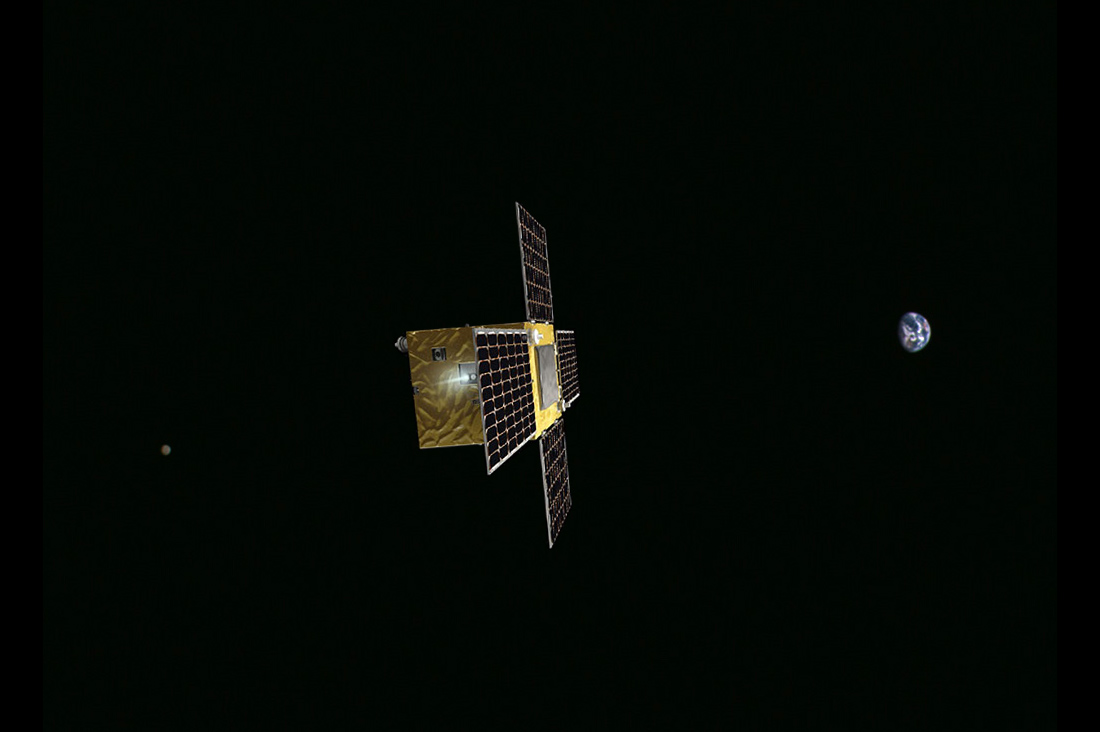
At the end of 2014, Japanese universities, with the support of the Japanese space agency JAXA, sent the Procyon microsatellite into interplanetary space. He became the first apparatus of this class, which got into interplanetary space and showed the practical possibility of using non-space electronics there.
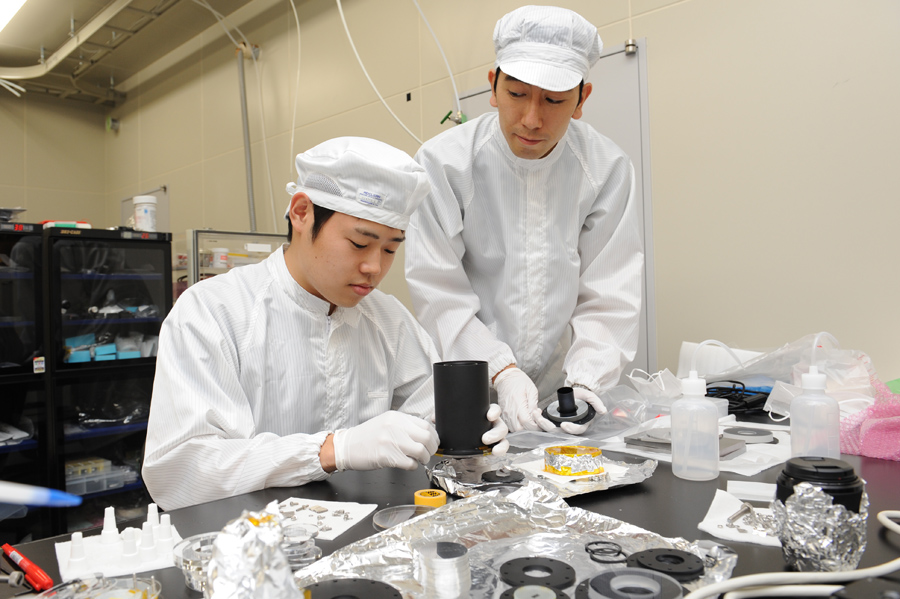
Today, in a near-earth orbit, at altitudes up to 1 thousand km, a large number of microsatellites are operating — devices up to 100 kg. Basically they are created by private companies and universities. Some microsatellites already generate income for creators, but most perform experimental tasks. The world space program is still learning how to use them effectively and evaluates the possibilities.
')
A bold experiment started in Japan - to create a small inexpensive spacecraft for research in deep space.
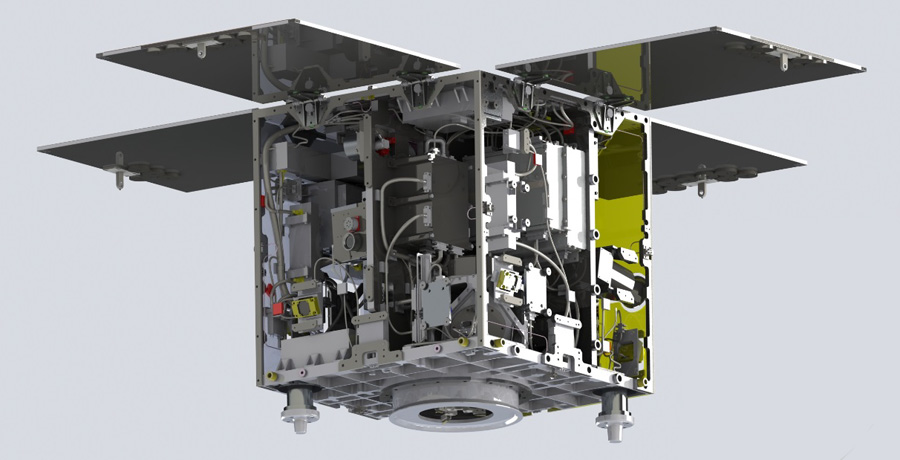
The main difference between the interplanetary space from the near-Earth - in a magnetic field. The terrestrial magnetic field not only screens off the low- and medium-energy streams of the solar wind, but also facilitates the control of satellites. After all, around the Earth, you can use a magnetic field to "lean" on it to turn the satellite on the desired axis. For this purpose, a satellite magnetic orientation system is installed on satellites on the MIO - magnetic executive bodies. For a more precise orientation, for example, when pointing the antenna or telescope, and tracking the target, another system is used - flywheel engines.
When the engine flywheel is unwound at maximum speed, it becomes useless and must be "unloaded" - stopped. You can unload the flywheel in several ways: orientation small rocket engines, satellite turning, or those magnetic actuators. Those. Earth’s magnetic field not only protects satellites from streams of solar particles, but also helps save fuel in orbit.
The action of the Earth’s magnetic field extends over about 60 thousand kilometers, and then already interplanetary space. There, the conditions are in many respects stable, from Mercury to Pluto, and depend only on remoteness from the Sun and solar activity.
Procyon was developed at the University of Tokyo, with the support of the Japanese Space Agency and the Japanese Institute of Aeronautics and Cosmonautics, plus five more universities and institutes participated in the development of various components and flight preparation.
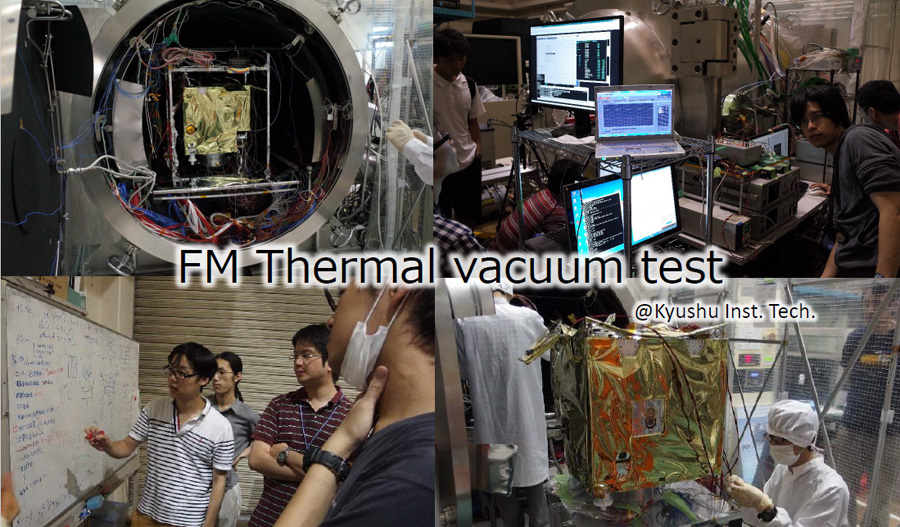
The device was launched from the Tanegashima space center. He scored the second space velocity together with the returned automatic space station JAXA Hayabusa-2, which was sent for samples of the asteroid substance to the asteroid (162173) Ryugu. Procyon flew to another asteroid, and did not intend to linger or return.

The task of the microsatellite was to shoot an asteroid from the span. An additional task was to study the geocorona with an ultraviolet spectrometer LAICA.

A geocoron is a cloud of hydrogen that envelops the earth. It can only be observed from the side and in the ultraviolet spectrum. She was filmed by the Apollo 16 astronauts and the Chinese module Chang'e 3.

Procyon was put into heliocentric orbit, i.e. he began to rotate around the sun. According to the program, he had to fly one circle, get closer to the Earth and conduct an orbit correction maneuver to go to the asteroid.
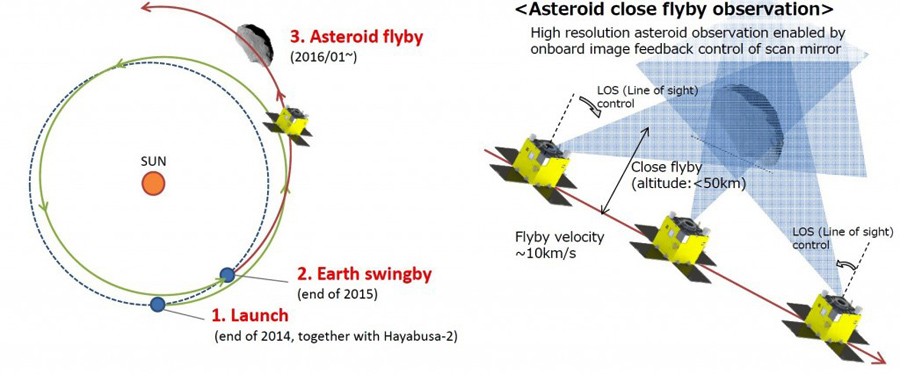
Asteroid as a target was chosen not simple, but with a satellite. Such binary asteroids are quite rare and only one was observed closely - Ida turned out to be an asteroid with a small satellite, which was called Dactyl. The target for Procyon - the eight-meter asteroid 2000 DP107 and its pair - was observed only from Earth using radar.
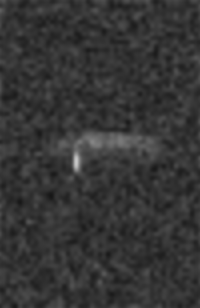
To achieve its goal, the microsatellite was equipped with an ion engine, which was powered by solar panels and was “blowing out” xenon stored in a carbon fiber tank.

For the orientation and unloading of the flywheels, the same xenon was used, which was blown out (without the quotes) through the orientation gas micromotors.
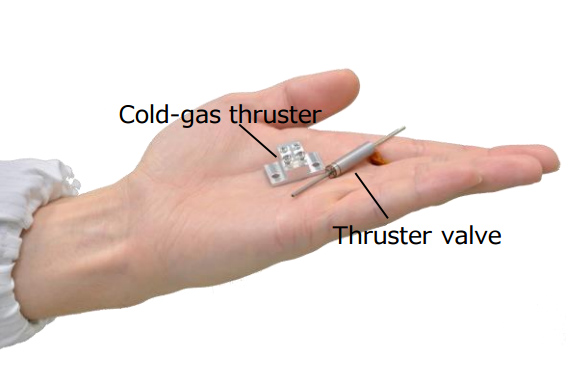
Communication with the Earth was provided in the X-band, with a JAXA ground station equipped with a 64-meter antenna, and with Deep Space Network NASA stations.
At the first stage of flight, the device showed itself very well. Electronics worked stably. Tests of scientific instruments showed their performance. The guys could even get ultraviolet images of the comet 67P / Churyumov-Gerasimenko .

The report on the work of the apparatus was also written about the filming of the geocorona, but the results have not yet been published, apparently preparing a publication in a scientific journal.
An important stage on the way to Earth — tests of the ion engine — were also successful. The engine even developed thrust more than expected 330 mkN instead of 250 mkN. However, when it came to orbit correction, the engine failed. According to the results of the evaluation of the malfunction, we came to the conclusion that the cause was a metal mote that fell between two contacts.
So, Procyon was not able to fly to the asteroid, but retained performance, so began to observe the nearest available target - the Earth. The rapprochement with our planet took place at the end of 2015 and the guys actively covered the rapprochement process on their Facebook page . Although the media didn’t evoke much interest from the media. They managed to observe the system of the Earth and the Moon with the help of their telescope from a distance of several million kilometers.

The closest approach to the Earth was to take place on December 3, 2015, at a distance of about 2.7 million km, and it was on this day that the connection with the device was lost. The developers have promised to continue their attempts to return to work for two months, but to no avail. Therefore, today the flight of Procyon can be considered complete, and now it has turned into only a small near-Earth asteroid. Now he will continue to rotate around the Sun, occasionally moving closer to the Earth. A fall on our head does not threaten, even if it meets with our planet, it will burn in the dense layers of the atmosphere.
Despite the failure of part of the goals, Procyon can not be called a complete failure. The main goal - to confirm the possibility of operating interplanetary microsatellites - he proved. One year of work for such a project and such a budget - about $ 5 million - is a very good result. Plus, the students of several Japanese universities have gained a wealth of experience in the development, management and operation of interplanetary space technology, and they now have ready-made developments on the basis of which new interplanetary microstations can be created.
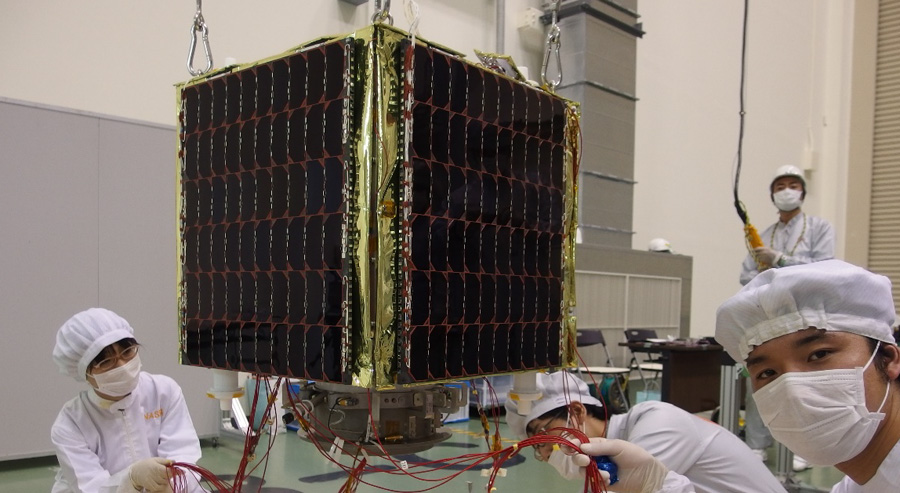
Even if you look at the record of Tokyo University, you can only envy.

Of ours can be compared if only MSU, where kansat competitions have been held for several years, and students participate in real space projects. Just their satellite "Lomonosov" flies first from the "East" in late April, although from the university there is only a part of the scientific equipment.
Source: https://habr.com/ru/post/392691/
All Articles